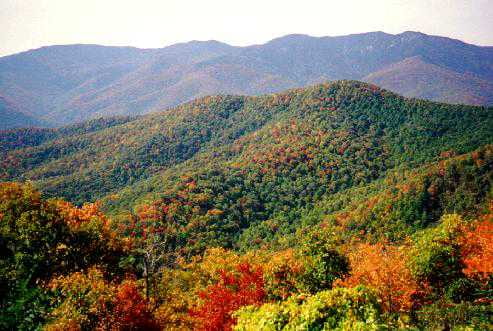I was born in Washington, D.C. in 1934. In my earliest years I lived in a suburban area within a mile of the University of Maryland campus, but in 1941 my family moved to New Orleans, where my father, a biochemist, worked at the Southern Regional Research Laboratory to develop new uses for surplus cotton. In New Orleans I attended public schools, graduating from Fortier High School in 1952, after which I matriculated at Tulane University, earning a B.A. in History, 1955 and an M.A. in Classics in 1956. In the year 1956-57 I spent a year in Munich, Germany on a Fulbright scholarship at the University of Munich. In 1958-59 I taught German, French, and History at Warren Wilson College in Swannanoa, North Carolina, after which I continued my graduate work in Classics at Harvard (Ph.D. in Classical Philology, 1964).From 1961-2001 I taught Greek and Latin languages and literature and Biblical Studies at Washington University in St. Louis. My major interests in the Classics were Greek tragedy, Latin poetry, and the history of ideas in the Greco-Roman-Hellenistic tradition. In later years I grew increasingly focused on the Hellenistic world and the emergence of the New Testament documents, especially the Synoptic gospels and Mark in particular.
Washington University was the center of my activity for 40 years. The campus is perched on a hilltop situated at the western end of Forest Park in St. Louis; most of its buildings are Tudor Gothic in style and built of red Missouri limestone. Brookings Hall, a fortress of a building rising over the eastern end of the campus, originally housed the headquarters of the great World’s Fair of 1904. Its main façade faces eastward; from the archway at the top of the long stairway one can see several miles to the east and, on a clear day, view the Gateway Arch on the St. Louis Mississippi riverfront.The great entryway of Brookings Hall opens onto the old quadrangle of the School of Arts and Sciences, the most imposing structure of which is Ridgley Hall.
The great entryway of Brookings Hall opens onto the old quadrangle of the School of Arts and Sciences, the most imposing structure of which is Ridgley Hall

Ridgley once housed the University Library but it has been converted into a center for the study of languages and literature; several of our courses in Classics were held there during my years. The department of Classics during most of my years at Washington University was housed in January Hall, which can be entered by continuing down the arcade to the north and entering the immediately adjacent hallway. More recently — after I retired — it has moved to the western end of the campus to Prince Hall.
I retired from active teaching in 2001. My wife and I now spend most months of the year in the Blue Ridge mountains of northwestern North Carolina, right in the shadow of Mt. Mitchell (the highest peak in the eastern U.S.), just a few miles from the Eastern continental divide and the Blue Ridge Parkway.

In the warmer months we spend much of the day on our 13-acres of wooded hilltop and river banks, trying to keep up with the rapid growth of vegetation and tending our daylilies and roses. We enjoy living in the country, but we find that telephone, television, and internet enable us to enjoy country living without losing touch with the world. My earnest efforts are focused now on ways of setting forth a fresh perspective upon ancient Greek grammatical voice. I am a frequent contributor to the “B-Greek” internet forum, which is concerned chiefly with the Greek language and Greek text of the Septuagint and New Testament. I am an avid reader of literature old and new, including mystery novels ; I enjoy re-reading the old classics of English literature. I remain a baseball fan, pursuing in season the day-by-day progress of the St. Louis Cardinals, although I enjoy watching other major-league teams play also.

My wife Velma was born in the house on Grindstaff Road where we now spend most of the year since we have retired; her father, Fred, was one of the original Grindstaffs for whom the road is named (at one time the Grindstaffs owned considerable land along both sides of the South Toe. I met Velma during the academic year 1957-58 while teaching at Warren Wilson College in Swannanoa, about eight miles east of Asheville, NC. Velma was a student at there; we were married on the campus chapel in late summer of 1959. Velma spent her last several years before retirement in 2001 operating the Science Laboratory at Jackson Park Elementary School in University City, a suburb of St. Louis very close to the home that we still visit on occasion and which we have retained as our official place of residence. We have two children, a son, Fred, born in 1960 in Boston and a daughter, Kathryn, born in 1965 in St. Louis. Fred earned a Ph.D. in Renaissance English History at Johns Hopkins and now works as a paralegal in the metropolitan St. Louis area; Kathryn heads the University of Arizona Press in Tucson, Arizona. She is the mother of our grandchildren, fraternal twins Grace and Zac.